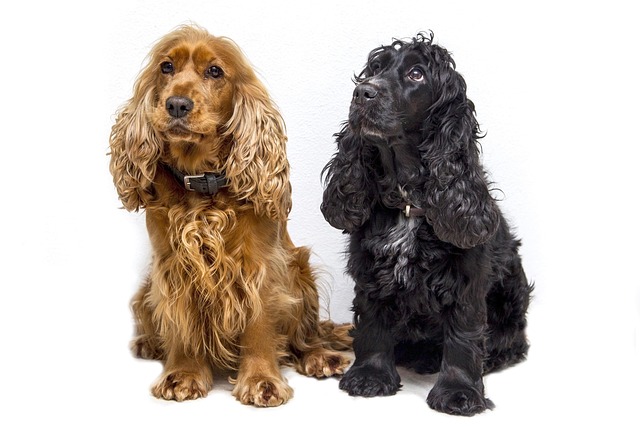
How do i train my dog to be obedient?
Watching your dog dart across the park ignoring your calls isn’t just frustrating—it can put them at risk near busy streets or public spaces.
Disciplining a Cocker Spaniel requires understanding their unique personality and needs. These affectionate, intelligent dogs respond best to methods that balance firmness with kindness. Skip the one-size-fits-all approach—instead, tailor your strategy to their sensitive nature and energetic spirit for lasting results.
Cocker Spaniels thrive on positive reinforcement. When they exhibit good behavior, like sitting patiently before meals or coming when called, reward them instantly. A piece of their favorite treat, enthusiastic praise, or a quick game of fetch can reinforce that they're doing things right. This approach aligns with ethical training standards, ensuring discipline never crosses into harshness.
Consistency is your secret weapon. Use the same commands every time—whether it's "stay" or "leave it"—and follow through without exception. If you allow them on the couch sometimes but scold them other times, it confuses your dog. A predictable routine, from meal times to training sessions, helps them understand expectations and feel secure in their environment.
 Redirect unwanted behavior instead of punishing it. If your Cocker Spaniel starts chewing furniture, quickly swap the item in their mouth for an appropriate chew toy. Offer praise when they switch to the toy, teaching them what's acceptable without causing fear. This method respects their natural instincts while keeping your belongings safe, all while adhering to animal welfare principles.
Redirect unwanted behavior instead of punishing it. If your Cocker Spaniel starts chewing furniture, quickly swap the item in their mouth for an appropriate chew toy. Offer praise when they switch to the toy, teaching them what's acceptable without causing fear. This method respects their natural instincts while keeping your belongings safe, all while adhering to animal welfare principles.
Keep training sessions short and engaging. Cocker Spaniels have a playful side but can lose focus if lessons drag on. Aim for 10 - 15 minutes at a time, several times a day. Incorporate fun games like hide-and-seek with treats to make learning enjoyable. In public, always follow local leash laws and ensure your dog's behavior is considerate of others, reinforcing good manners in every setting.
Socialization is key to well-rounded behavior. Expose your Cocker Spaniel to different people, animals, and environments from a young age. Controlled interactions at dog parks, neighborhood walks, or puppy classes help them develop confidence and learn proper social cues. Remember to monitor their reactions and intervene if they seem overwhelmed, putting their comfort first.
Finally, stay attuned to your Cocker Spaniel's body language. These dogs are sensitive, and overly strict discipline can dampen their spirit. If they seem anxious or withdrawn during training, adjust your approach. Building a bond based on trust and respect will make discipline a collaborative effort, resulting in a well-behaved, happy companion that enriches your life for years to come.

Watching your dog dart across the park ignoring your calls isn’t just frustrating—it can put them at risk near busy streets or public spaces.

New puppy owners often find themselves rushing to clean up accidents before they set in, and that’s where puppy pad training becomes a game-changer.

If you've noticed your dog's waistline disappearing and your veterinarian has mentioned those few extra pounds, your first instinct might be to simply reduce the amount of food in their bowl.

Training a dog to use a designated spot indoors isn’t as daunting as many new owners fear, but it does take consistency and an understanding of your pet’s needs.

That moment of dread on a walk is all too familiar for many new dog owners. You see another dog approaching down the sidewalk of your neighborhood

If the sight of another dog on your neighborhood walk makes your heart sink as your own dog erupts into a frenzy of barking and lunging, you're not alone.